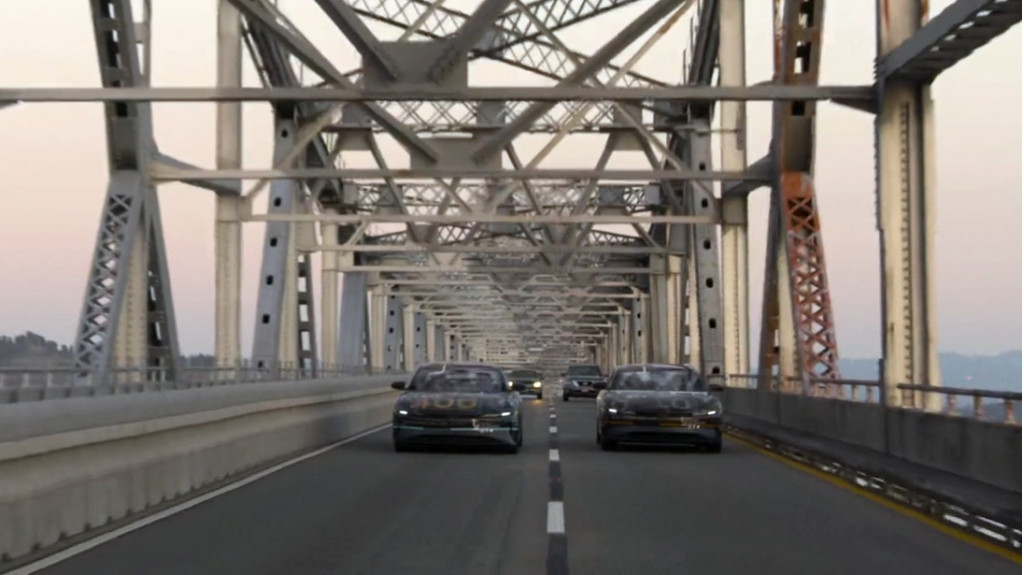California governor Gavin Newsom signed an executive order on Wednesday morning that will ban the sale of new gasoline-powered cars in the state by 2035.
The move, leading the way for interim policy that hasn’t yet been written, aims to improve air quality in the state—at a time when forest-fire smoke has choked the state for weeks—and move the state away from a dependence on fossil fuels.
According to Newsom, transportation accounts for 50% of California’s greenhouse-gas emissions, 80% of smog-forming pollution, and 95% of “toxic diesel emissions.”
“We will use our market power to push zero-emission vehicle innovation and drive down costs for everyone,” Newsom stated, via Twitter, following the initial announcement.
NEW: We’re facing a climate crisis.
We need bold action.
CA is phasing out the internal combustion engine.⁰
By 2035 every new car sold in CA will be an emission free vehicle.Cars shouldn’t give our kids asthma.
Make wildfires worse.⁰
Melt glaciers.Or raise sea levels.
— Gavin Newsom (@GavinNewsom) September 23, 2020
The policy will complement regulations adopted in the state to take all of its commercial trucks electric by 2045.
On the way to these goals, the state will need to do some substantial upgrades to its grid. This summer, amid blackouts, the state’s grid operator revealed a lack of adequate generating capacity in the daily transition from solar arrays—leading to the use of diesel-powered generators to fill the demand “gaps.”
Unless there’s an accompanying incentive to retire gasoline vehicles early, it could be long after 2045 before California’s fleet will be mostly electric. Fully electric vehicles in 2018 in the state made up less than 1% of the vehicle fleet. California had about 31.5 million registered vehicles, based on the latest figures from the trade group Auto Alliance, and the average age of the state’s vehicles is 11.2 years.
However the rate of turnover is accelerating. According to the California New Car Dealers Association, 5.1% of new-vehicle registrations in 2019 were fully electric and that figure rose to 5.8% for the first half of 2020. Generally speaking, EV sales haven’t slowed at the same rate as the market as a whole.

Uber self-driving prototype in San Francisco
California has flirted with such a ban going back to at least 2017 and 2018, when a ban of gasoline vehicles by 2040 made its way to the state legislature. Prior to that, the head of California’s Air Resources Board, Mary Nichols, said in 2015 that she wanted to achieve nearly all zero-emissions sales by 2030 and to take internal combustion cars completely off the roads by 2050.
The move would take California’s regulatory trajectory for new vehicles even further from that of the federal government. The U.S. EPA has attempted to revoke California’s Clean Air Act waiver that allows it to set its own greenhouse-gas standards; meanwhile a handful of automakers have committed to stricter California-state GHG standards. A group of other automakers including GM have sided with the federal government, and that’s led to a California boycott of those brands for use as state vehicles.
A release from Newsom’s office stated that with the target, it would achieve at least a 35% reduction in greenhouse gas emissions and an 80% reduction in oxides of nitrogen emissions statewide.

Lucid Air range test video - Richmond San Rafael Bridge
It’s not yet clear whether the policy will have provisions allowing extended-range electric, or plug-in hybrids—and how it will treat the evolution of fuel-cell vehicles that run on hydrogen produced with fossil fuels.
The order also calls on CARB, state agencies, and its energy commission and public utilities to accelerate deployment of “affordable fueling and charging options for zero-emission vehicles, in ways that serve all communities and in particular low-income and disadvantaged communities.”
Under Newsom’s order, state leaders will need to meet and come up with a plan, including near-term actions, by July 15, 2021.
The order could also have far-reaching ramifications beyond California's borders as 11 states and the District of Columbia currently follow CARB ZEV regulations mandating plug-in vehicles. Those states, mostly located in the Pacific Northwest and the Northeast, could follow California's example.













